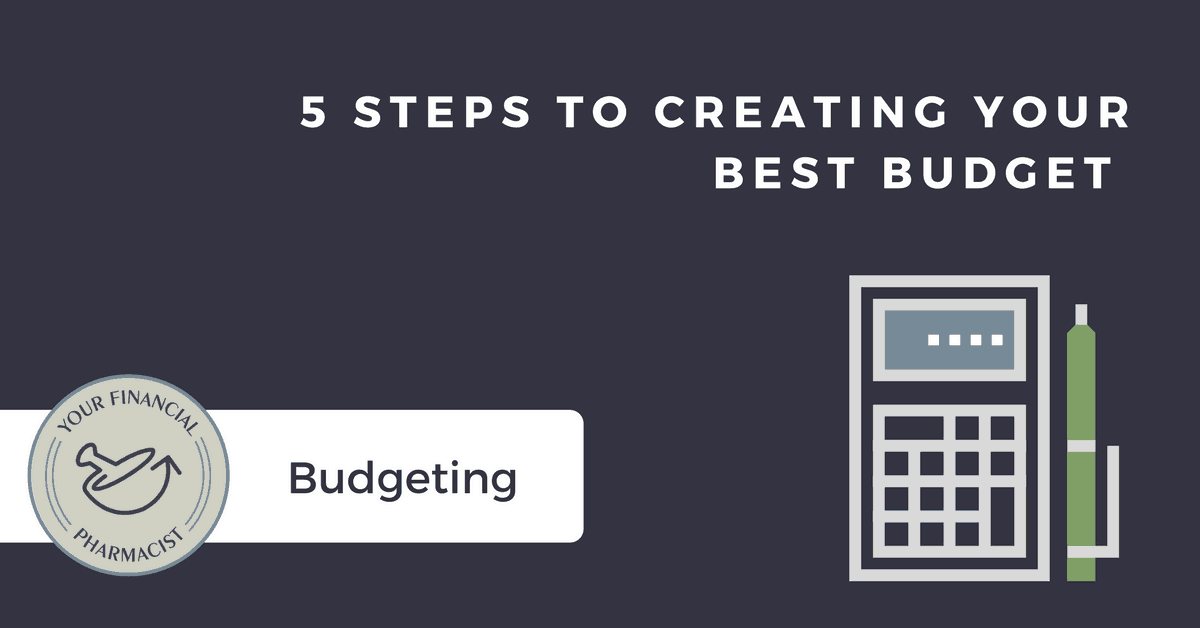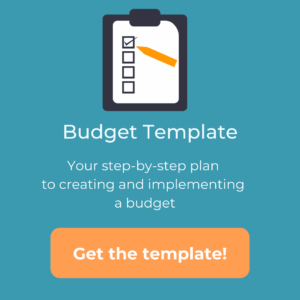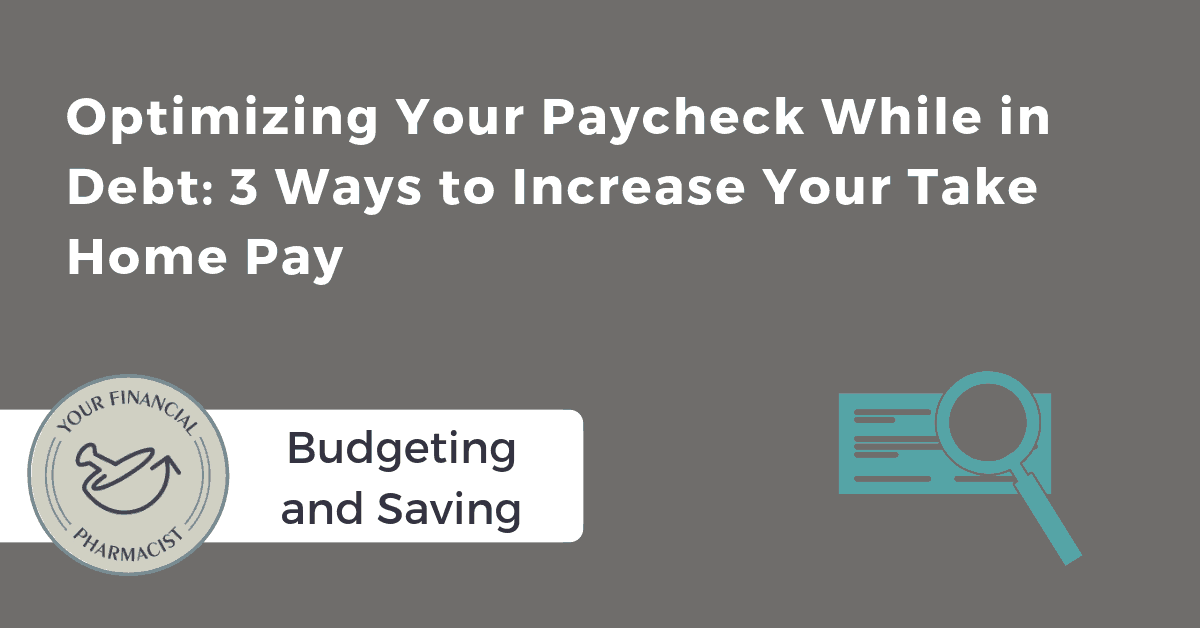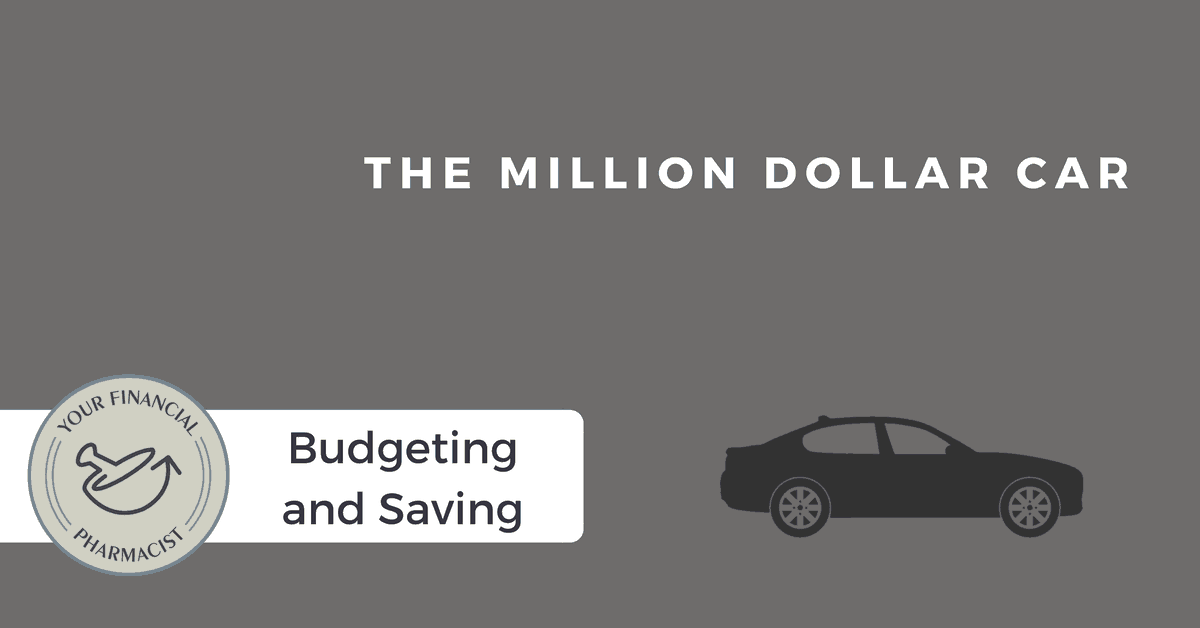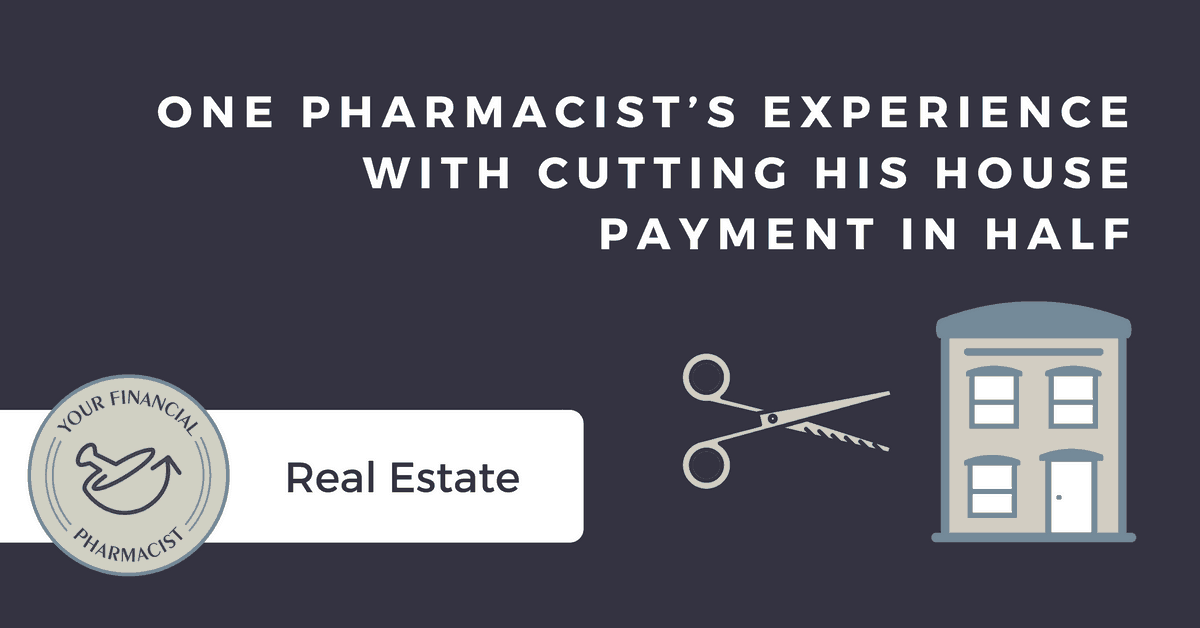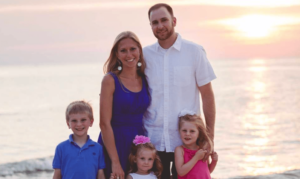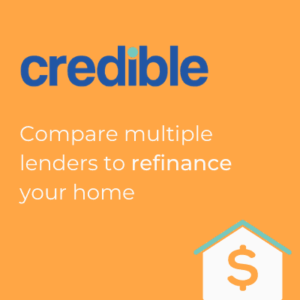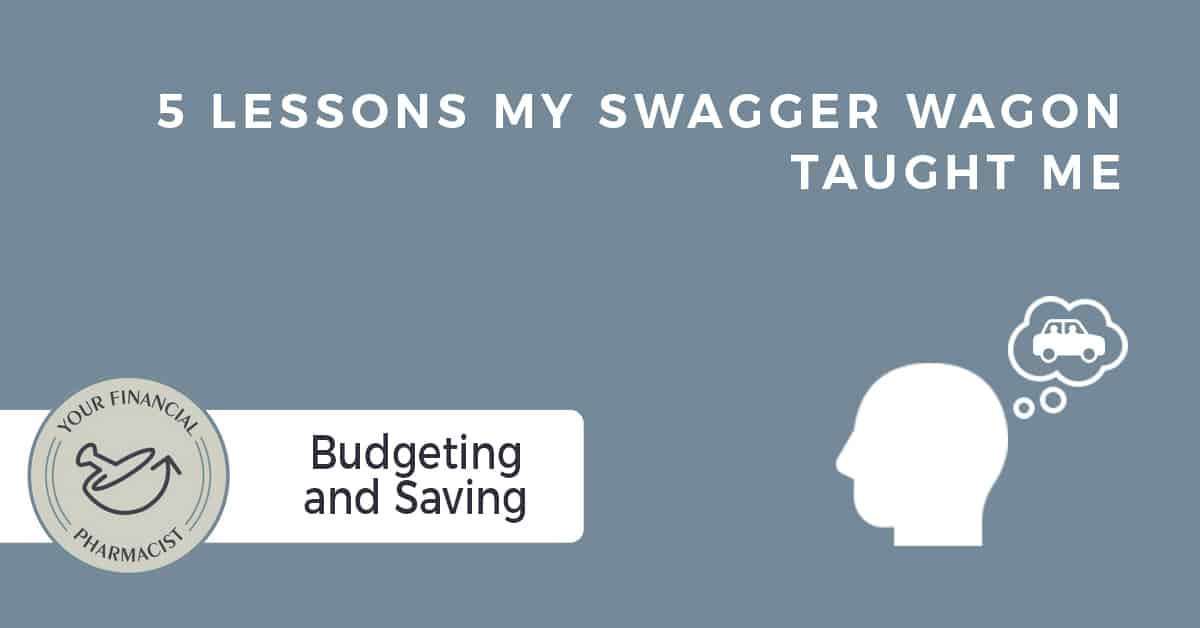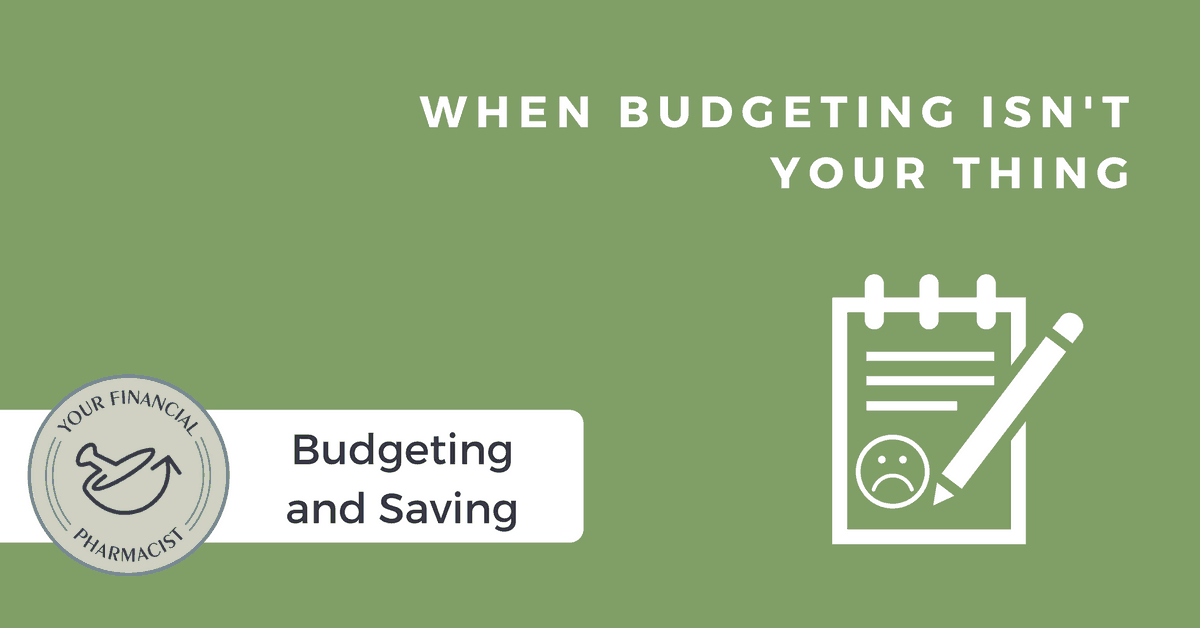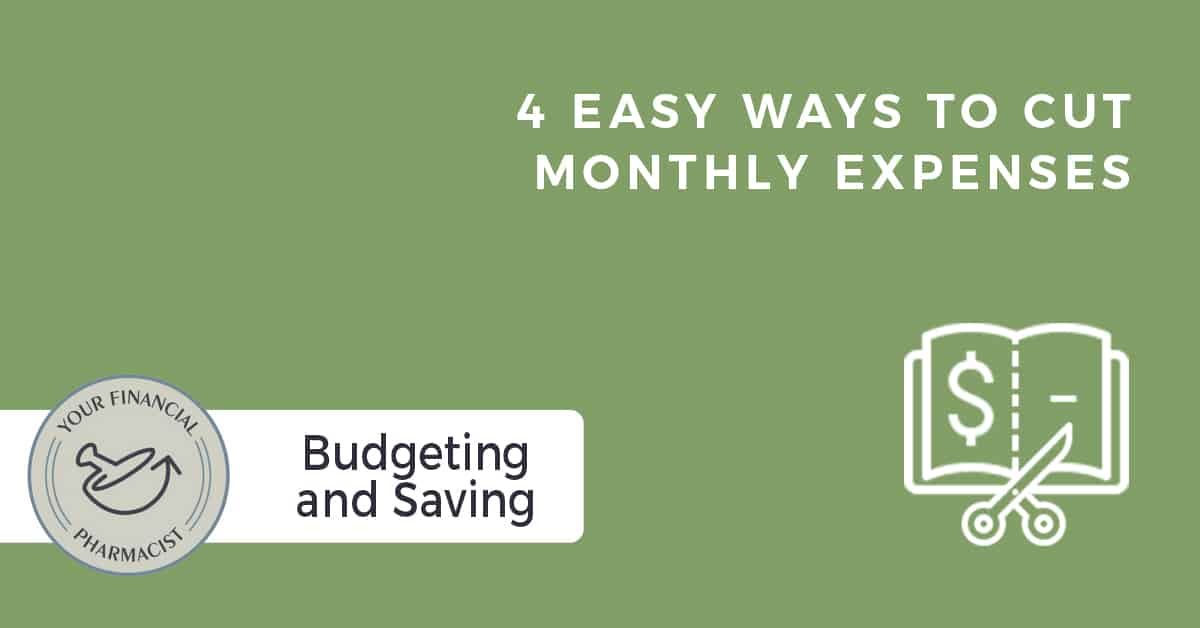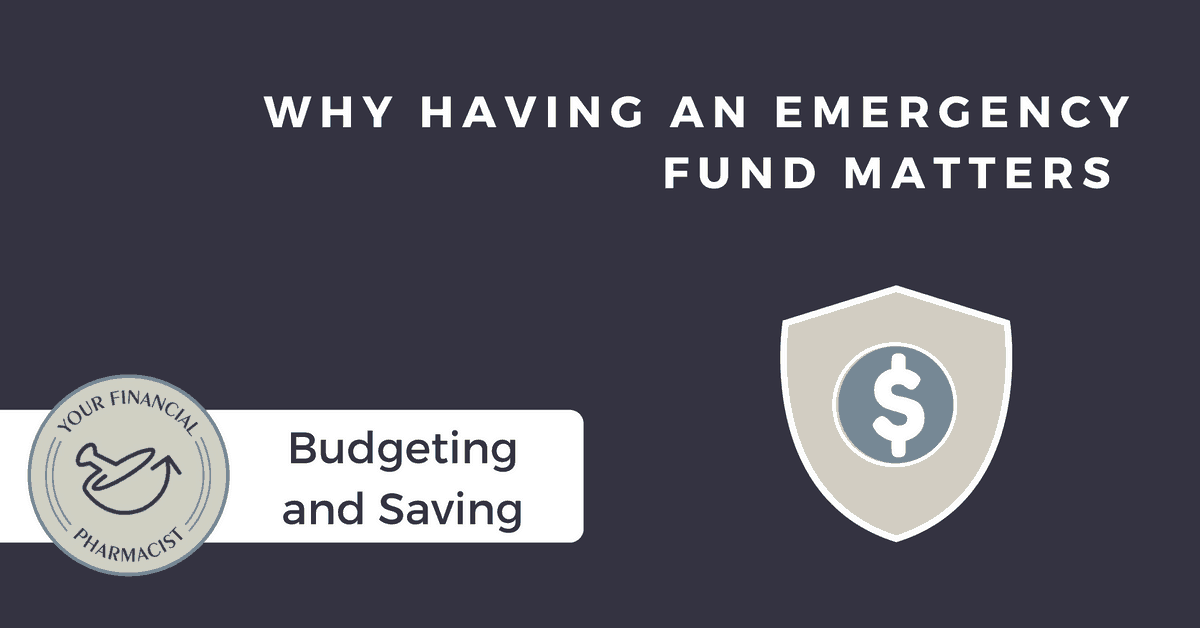The New Year is upon us and there is no better time to be thinking about setting and keeping your financial goals. And once those financial goals are set, no better way to achieve them than by having a monthly spending plan (aka budget) that includes those goals.
If we are being honest with ourselves, who gets a little nauseous when the topic of budgeting comes up?
I mean, besides a few financial nerds out there (myself included), not many are a fan of the whole budgeting thing.
“It takes too much time.”
“I already know how much I spend.”
“I don’t know how to make one and follow it.”
“I’m afraid of what I might find when I track my expenses.”
“I don’t like to be so restricted.”
“I make enough money, so I don’t need to budget.
These are some of the most common reasons I hear for all of the hate surrounding budgeting.
I admit that, I too, agreed with most of these statements until I experienced first hand (through my own journey paying off $200,000 of debt) how powerful the budget can be.
You Need a Budget
Data suggests that most, if not all of us, need to put a budget in place.
We are drowning in student loans with pharmacy graduates now coming out of school with on average more than $172,000 of debt (Ref: AACP Graduating Student Survey, 2019). That kind of debt load means a big monthly payment and a big monthly payment means less money available each paycheck to achieve other goals. These rising student debt loads, amongst other factors, justifies a need to have a monthly budget to scale back other expenses.
Our credit card debt is at an all time high, suggesting we are consistently spending more than we make each month. According to the Nerdwallet 2019 American Household Credit Card Debt Survey, Americans have more than $987 billion in credit card debt (say what?!) with the average household carrying a monthly balance of just under $7,000. Rising credit card indebtedness suggests we need some help with keeping expenses in check.
We aren’t able to cash flow emergencies that come up. According to a 2019 Bankrate Survey, approximately 60% of those surveyed didn’t have enough in savings to pay for a $1,000 car repair or emergency room visit. Do you have a fully funded emergency fund? If not, a budget may help you get there.
We aren’t saving enough for retirement. One-third of Americans report they have no retirement savings and 23 percent report having less than $10,000 saved (Ref: GOBankingRates 2016 Retirement Survey). A good budget will help you prioritize retirement along with other goals to ensure you are on track to meet your goals.
So, if you have paid off all your student loans, have no credit card debt, have a fully funded emergency fund, and are on track with achieving your financial goals (including securing the nest egg you will need to retire), you just may not need a budget.
If you are reading this and thinking to yourself “I hate budgeting but I can respect I need one…” or “I’m in a relationship with someone who hates budgeting and we need some help working together…” check out the blog post written by my wife, Jessica Ulbrich, ‘When Budgeting Isn’t Your Thing.’ While I’m a little biased, she provides an awesome perspective on budgeting, especially for those that hate everything about it.
Choosing the Best Budget that Works
While one budgeting method will never be right for everyone, the team at YFP believes that the zero-based budgeting technique is the one that can yield the greatest results.
With a zero-based budget, you account for every single dollar that is spent (before the month begins) and, more specifically, every single dollar has a purpose. The goal is to spend your paycheck down (on paper) to $0 and to figure out a way to make sure your goals (beyond meeting monthly expenses) can be funded, rather than hoping you have money left over at the end of the month. In just a minute, I’ll walk you through a 5-step process for putting this zero-budget in place, so hang with me.
With the zero-based budget, you are putting yourself in the best position to be completely in control of your spending. Since you are essentially micromanaging your money, you quickly pick up on spending behaviors and habits.
While this method of budgeting can yield the greatest results, it can also be more time consuming than other budgeting methods, and can be exhausting at times to track (subsequently leading to burnout). Therefore, this highlights the necessity of (1) having someone keep you accountable with your monthly budget, whether that be a financial planner, significant other, and/or friend; and (2) creating incentives and rewards along the way for achieving goals to keep you motivated.
5 Steps to the Zero-Based Budget
Hearing about a zero-based budget for the first time can feel overwhelming. Let’s break it down to 5 simple steps that will help you get this in place.
Before moving forward, be sure to grab the YFP budgeting template, which follows these 5 steps and is ready for you to fill out!
Step #1 – Determine Your Take-Home Pay
This is the amount you will be working with each month to cover your expenses and put to good work to achieve your financial goals. The take-home pay (or net pay) is the amount that shows up on your paycheck every pay period after taxes, health care premiums, retirement contributions, and any other deductions withdrawn from your base (gross) pay. For student pharmacists, take-home pay would include loan disbursement money, plus any earned income.
Step #2 – Account for Necessary Expenses
While the definition of ‘necessary’ could be debated, for the purpose of this activity, let’s include the following as ‘necessary’ expenses: housing, transportation, food, utilities, insurance premiums if applicable (i.e.., life, disability) and minimum payments on your debts (i.e.., credit cards). In this step, consider food as what you need from the grocery store to comfortably survive. Don’t include your trips out to restaurants here (this will go in Step 3). Depending on your philosophy towards giving, you may also include giving in this category.
Step #3 – Determine How Much to Spend on Discretionary Expenses
Think of discretionary expenses as the nice to have, but in a true financial emergency, they could be cut. These include eating out, trips for coffee, vacations, clothing expenses beyond the bare minimum, extra payments on debt, etc. It is very easy to justify any one of these as an ‘essential’ expense, so it’s important to really be honest with yourself when evaluating this category. If you have no idea how much you spend on these types of expenses in a month, a good place to start is to review your past month’s banking or credit card statement.
Step #4 – Calculate Your Disposable Income
Your ‘disposable income’ is calculated by taking your take-home pay and subtracting your essential and discretionary expenses. That number is the amount you have to put towards other financial goals (i.e., building an emergency fund, saving for kids’ college, down payment on a home, etc..). For example, as a pharmacist, if a you had a take-home pay of $7,000 with ‘necessary’ expenses of $3,000 and ‘discretionary’ expenses of $2,000, you would have $2,000 of ‘disposable income’ to put towards other goals.
Step #5 – Allocating Disposable Income to Goals
Finally, this is where the magic happens. Allocate your ‘disposable income’ to your financial goals. If the amount of ‘disposable income available isn’t enough to allow you to meet those goals in a time frame that is desirable to you (or results in a deficit), go back to the discretionary areas in Step 3 and make some cuts. Once you have completed Step 5, you should have “spent” your entire income, meaning that every dollar has been assigned, resulting in $0 balance.
If you find yourself frustrated that you cut expenses and still aren’t able to allocate the desired amount towards your goals, it’s time to start looking more at the income side of the equation by optimizing your paycheck and/or putting together a plan for earning additional income.
YFP Podcast Episode 28
In Episode 28 of the Your Financial Pharmacist Podcast, Certified Financial Planner, Tim Baker, and I go into much more detail about:
- why having a budget is key to your long term financial success;
- why so many people fail with keeping a budget;
- two other common budgeting techniques besides the zero-based budget, the pros/cons to each, and why the zero-based budget wins out;
- how to handle irregular expenses; and
- electronic tools/apps that you may consider to implement your budget.
In addition to being available on the YFP web site, the podcast is also available on iTunes, Stitcher, Google Play and Spotify.
Join the YFP Community!
Recent Posts
[pt_view id=”f651872qnv”]

